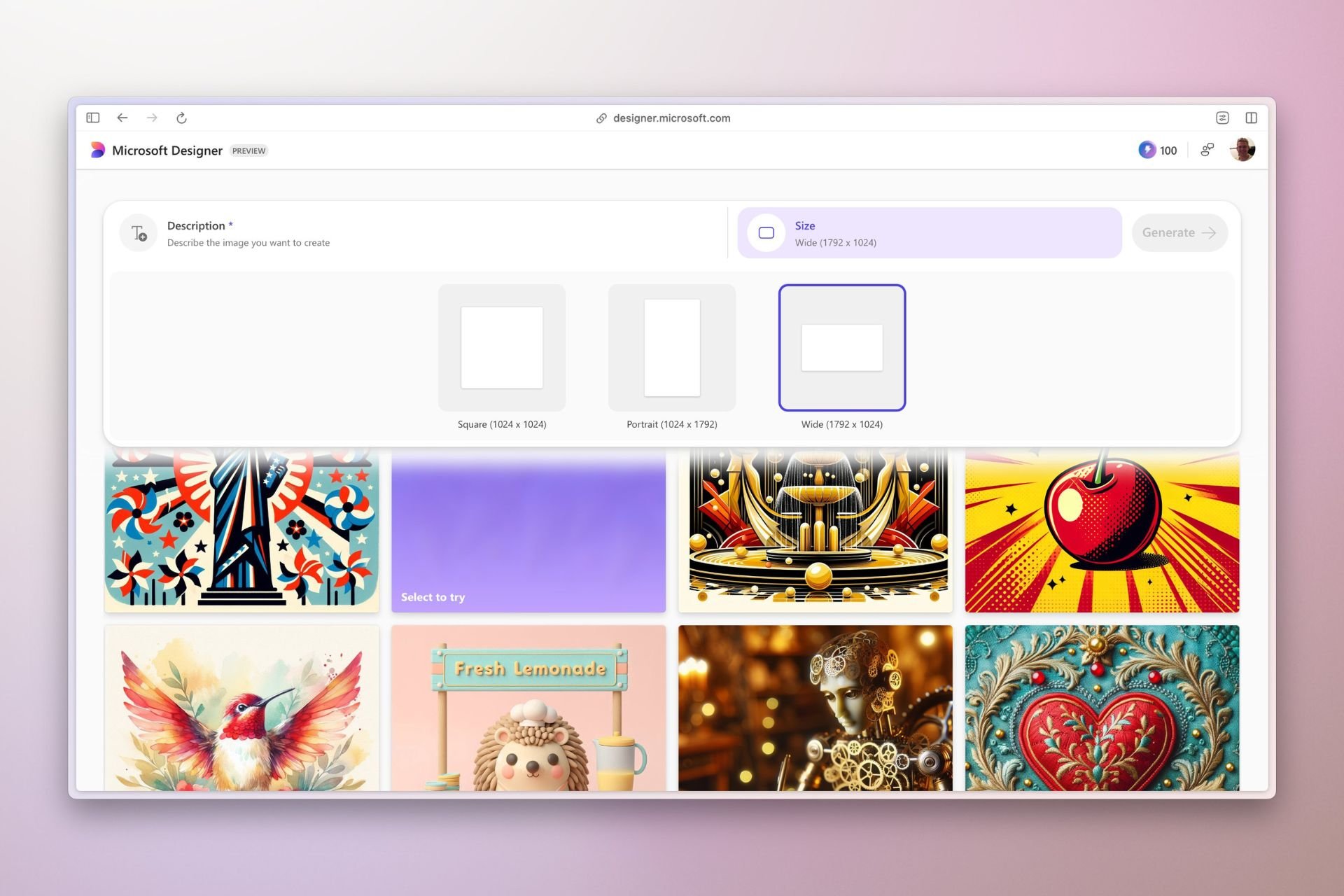Microsoft's screen shielding tech might cripple the privacy screen protector market
The tech is entirely software, opposed to the existing hardware-based screen protectors.
3 min. read
Published on
Read our disclosure page to find out how can you help Windows Report sustain the editorial team Read more

Privacy screen protectors have been around for a while, as a separate piece of material that can be added on top of the screen, and protect it from unintended viewers, or those viewers who can easily glance at your devices’ screens when in public.
There are dozens of privacy screen protectors for mobile phones, tablets, and even Surface devices made by third-party companies, independent of Microsoft.
However, it seems that the days when you would need to purchase independent privacy screen protectors might finally come to an end, as the Redmond-based tech giant is developing a technology that does the same, according to a patent published recently.
While Microsoft recognizes the utility of privacy screen protectors, the company admits that they are indeed complex, thick, and bulky to easily transport and utilize in a public space. So, instead, it’s developing a technology that uses face recognition technology to identify who should and shouldn’t see a liquid crystal display (LCD).
Microsoft’s screen protector system identifies the intended viewer (the person who should see the screen) and the unintended viewer (the person who shouldn’t see the screen). It figures out where the unintended viewer’s face is, and then it changes the voltage applied to a certain part of the LCD. This automatically changes the contrast of the screen when seen from an angle.
Examples described herein introduce systems and methods to asjust the off-axis constrast of an LCD utilizing a combination of face recognition technology to direct the modualtion of drive voltage applied a third electrode on the color filter layer of the LCD. The third electrode pulls the liquid cruystal moelcules out of plane to decrease the off-axis contrast.
The technology makes it harder for the unintended viewer to see the screen but doesn’t affect the intended viewer’s view. This gives the intended viewer more privacy. The system is also lightweight, inexpensive, and easy to move around.
The design has no external components and no additional LCD layer required to create image contrast or image off-axis luminance reduction as in other solutions.
The technology was patented, which means the Redmond-based tech giant will ultimately develop and release the screen protector system either as part of Windows, or a stand-alone service, but it might take some years.
Until then, though, if you’re looking for screen protectors for your device, you might want to check out our recommendations.
But in a few years, you won’t need to purchase screen protectors anymore.








